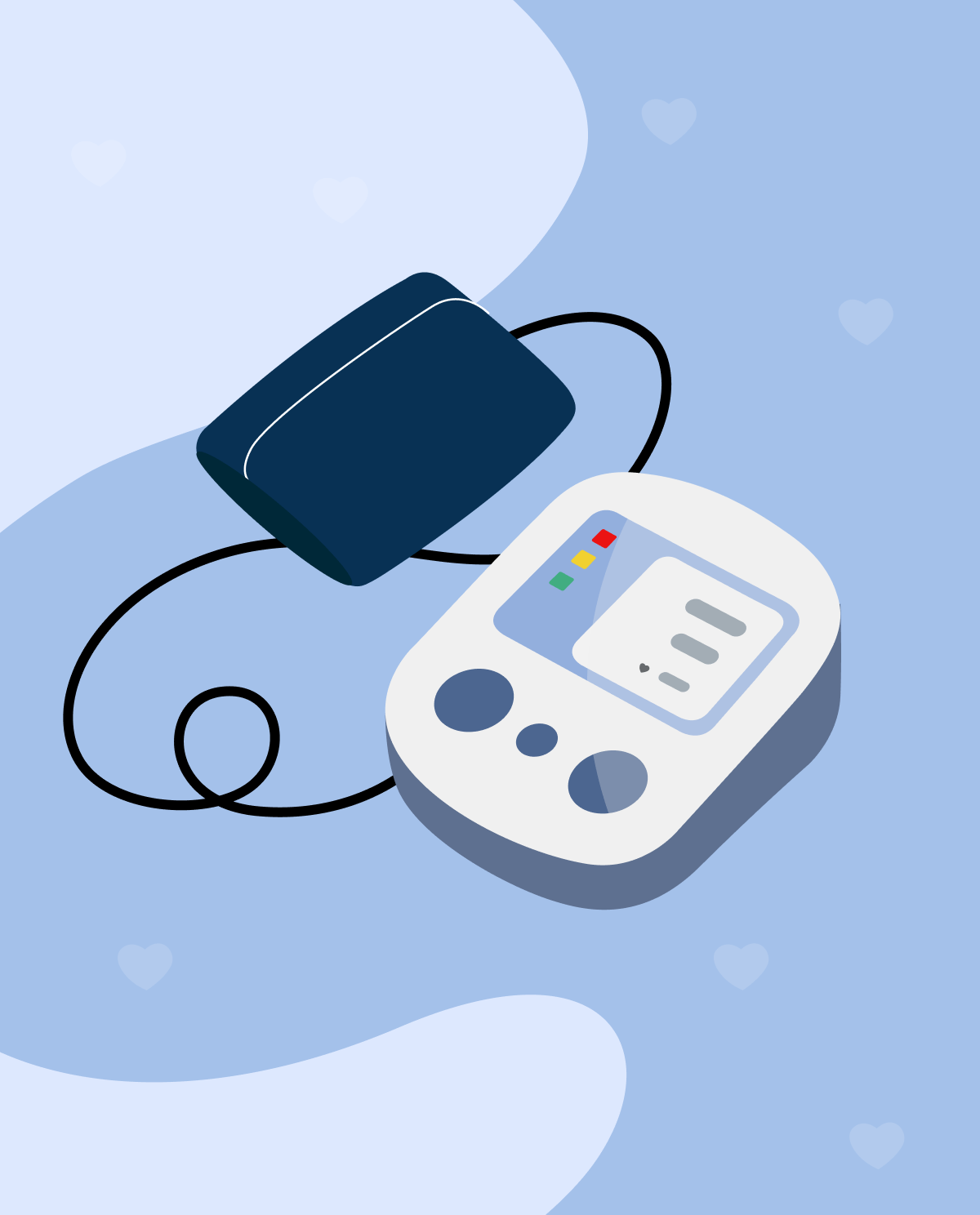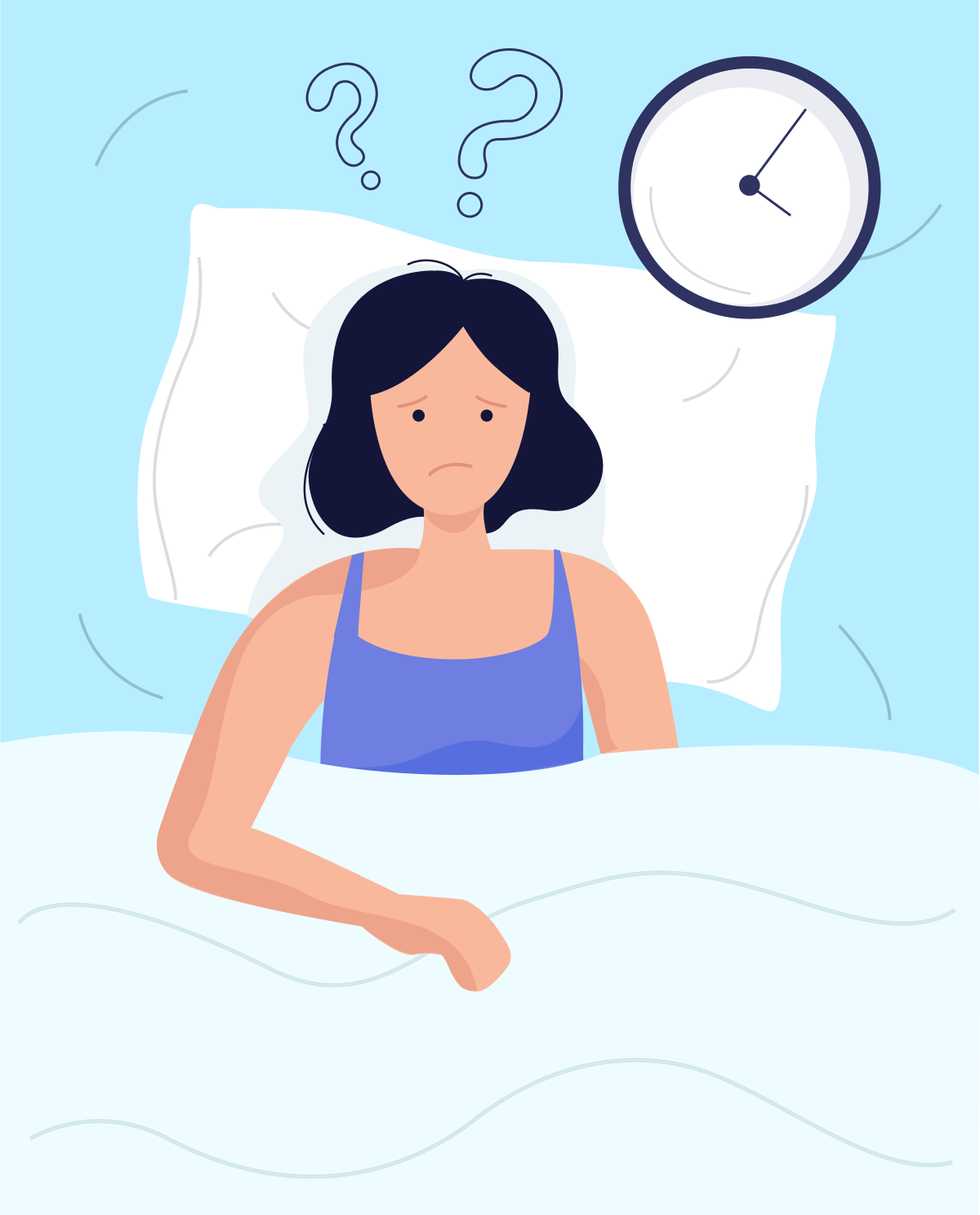A standard blood pressure reading typically includes two values: systolic pressure and diastolic pressure. The systolic pressure represents the force exerted when the heart contracts and pumps blood, while the diastolic pressure indicates the pressure in the arteries when the heart is at rest between beats. Blood pressure is measured in millimeters of mercury (mmHg) and is presented as systolic over diastolic pressure (e.g., 120/80 mmHg). The WHO has shown that hypertension is prevalent in about 30% of the population worldwide.
Types of hypertensions (high blood pressure)
- Primary: also known as essential hypertension a multifactorial condition without a singular identifiable cause. It is characterized by blood pressure levels above the normal range, typically exceeding 120/80 mmHg. This indicates that the pressure within the arteries is elevated beyond the optimal level.
- Secondary: is a condition where high blood pressure is caused by an underlying medical condition. This type of hypertension can be triggered by various health conditions that affect the kidneys, arteries, heart, or endocrine system. It can also occur during pregnancy. Secondary hypertension is distinct from the typical form of high blood pressure known as primary hypertension or essential hypertension, which is commonly referred to as high blood pressure. Appropriate treatment of secondary hypertension often involves managing both the elevated blood pressure and the underlying condition responsible for it. By effectively treating secondary hypertension, the risk of severe complications such as heart disease, kidney failure, and stroke can be reduced.
Risk factors associated with high blood pressure
- Smoking/vaping,
- Being overweight,
- Diet (high salt diet; fast foods),
- Lack of physical activity,
- Alcohol consumption,
- Family history of hypertension,
- Being over the age of 65.
Known medical conditions and medication that induce hypertension
Medication associated with high blood pressure
- Corticosteroids.
- NSAIDs (non-steroidal anti-inflammatory drugs such as naproxen, Ibuprofen).
- Illicit drugs (cocaine; amphetamines).
- Unregulated herbal remedies (please check with your primary healthcare provider before starting anything).
- Oral contraceptive medication.
Medical conditions which result in hypertension
- Kidney-related illness (glomerulonephritis; chronic kidney disease; longstanding infection).
- Diabetes.
- Autoimmune disease (scleroderma; Systemic lupus resulting in lupus nephritis).
- Atherosclerosis (narrowing of the vessels resulting in a turbulent flow of blood thus resulting in damage).
- Hormonal instability (under/overactive thyroid; Cushing's syndrome, pheochromocytoma) .
Complications associated with hypertension
- Aneurysm development: Elevated blood pressure can lead to the weakening and expansion of blood vessels, resulting in the formation of an aneurysm or "bulge". Should an aneurysm rupture, it can pose a serious risk to one's life.
- Artery damage: atherosclerotic plaque formation which in turn can cause heart failure, kidney malfunction, stroke, etc.
- Heart failure: In order to counteract the increased pressure within the blood vessels, the heart muscle undergoes thickening. Over time, this thickened muscle may encounter difficulties in effectively pumping sufficient blood to meet the body's requirements. This can potentially result in heart failure.
- Vision problems/loss.
- Memory problems.
Diagnostic methods of hypertension
High blood pressure typically does not exhibit noticeable symptoms, making regular blood pressure checks necessary for its detection. Some people with hypertension present with nosebleeds (epistaxis), headaches, fatigue, hematuria (bloody urine), and shortness of breath. gold-standard recommendations indicate that adults above the age of 40 should undergo blood pressure screening at least once every 5 years as part of their health maintenance. Individuals with an elevated risk of developing high blood pressure should undergo more frequent blood pressure checks, ideally once a year, to closely monitor their condition. Various methods are used in order to check for hypertension:
- Getting checked out in the physician's office or at home: In the past, blood pressure measurement involved using a stethoscope, arm cuff, pump, and dial. However, modern practice involves the use of automatic devices equipped with sensors and digital displays which thus enables us to do it without the need of a physician. Before the blood pressure test, it is advisable to sit in a supported position with legs uncrossed for a minimum of 5 minutes and just relax. During this procedure, you extend one of your arms to align it with your heart level. Then, a cuff is placed around your arm, and it is essential to support your arm in this position, either by using a cushion or resting it on the armrest of a chair. Next, the cuff is inflated to temporarily restrict the blood flow in your arm. This compression may cause some discomfort, but it lasts only for a few seconds. As the pressure in the cuff is gradually released, sensors detect vibrations in your arteries. If your blood pressure is manually measured, a doctor will employ a stethoscope to identify these vibrations. The pressure in the cuff is recorded at two specific points when the blood flow begins to return to your arm. These measurements are then utilized to determine your blood pressure reading.
- 24-hour blood pressure monitor: Obtaining an elevated blood pressure reading in a single test does not automatically indicate the presence of high blood pressure. Blood pressure levels can vary throughout the day, and factors such as anxiety or stress during a visit to your doctor can temporarily raise your blood pressure ("white coat effect"). If you receive a high reading, your healthcare provider may recommend conducting multiple readings using a 24-hour monitor. This device measures your blood pressure at regular intervals throughout the day. By utilizing 24-hour or ambulatory blood pressure monitoring, it is possible to confirm whether your blood pressure remains consistently high over an extended period.
Treatment of high blood pressure
It should be noted that not everyone with high blood pressure requires medication. In many cases when the blood pressure is borderline high, and is caused by modifiable factors, your primary healthcare physician can recommend basic lifestyle changes such as the following:
- Weight loss,
- Having a balanced diet,
- Workout routine to improve cardiovascular health,
- Quitting smoking,
- Decrease caffeine and alcohol,
- Decrease your salt intake.
For patients requiring blood pressure medication, here are the gold standard medications provided:
- ACE inhibitors (angiotensin-converting enzyme inhibitors),
- ARBs (angiotensin-2 receptor blocker),
- CCB (calcium channel blocker),
- Diuretic medication ("water pill"),
- Beta blockers.








